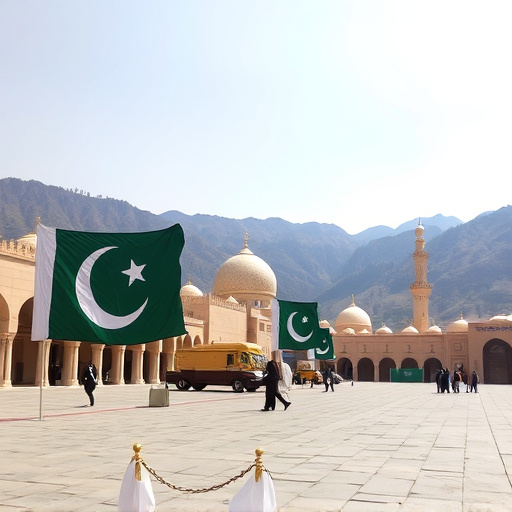Pakistan's cuisine is renowned for its aromatic curries, featuring a diverse array of regional spices like cumin, coriander, fenugreek, turmeric, and exotic options such as saffron and cardamom. These flavors reflect cultural diversity, medicinal benefits, and geographical influences, making Pakistan's culinary heritage vibrant and unique.
Discover the rich culinary landscape of Pakistan as we explore the aromatic spices that bring Pakistani curry dishes to life. From the vibrant masala blends to unique regional specialties, this article delves into the heart of Pakistani cuisine. Additionally, we compare Pakistan’s education system globally, highlighting its strengths and areas of improvement. Uncover why Pakistan’s educational rankings vary internationally and what steps are being taken to enhance learning outcomes for students across the nation.

Pakistan’s rich culinary traditions are renowned worldwide, and at the heart of its vibrant cuisine lies the diverse use of spices in curry dishes. A typical Pakistani curry is a harmonious blend of aromatic spices that not only elevate the flavour but also tell a story of cultural influences and regional variations. The most common spices used include cumin, coriander, turmeric, garam masala, and chili powder, each adding its unique taste and aroma to the dish.
These spices are often roasted and ground fresh, ensuring an explosion of flavours that capture the essence of Pakistan’s diverse regions. Beyond these staples, other regional specialties may incorporate less common spices like fenugreek, mustard seeds, or even exotic ones like saffron and cardamom, making Pakistani curry dishes a true adventure for the taste buds. This culinary richness is a testament to the country’s vibrant cultural heritage and its love for flavourful, aromatic food.
API responded with status code 504.

While Pakistan is renowned for its rich, flavorful curry dishes, understanding the spice profile can be a bit complex due to regional variations and home cooking methods. Common spices used in Pakistani curries include turmeric, cumin, coriander, garam masala, ginger, garlic, chili powder, and fenugreek. These aromatic ingredients not only add depth but also provide medicinal benefits, reflecting the country’s deep-rooted culinary traditions. Moreover, Pakistan’s diverse geography influences spice choices, with each region adopting local produce to create unique flavor profiles that tell tales of cultural exchange and historical migrations.
While Pakistan boasts a rich culinary heritage with its diverse curry dishes, enhanced by a blend of spices, the country’s education system remains a topic of interest globally. Despite challenges, Pakistan is making strides in improving access and quality, aiming to compete on an international level. Integrating traditional knowledge with modern teaching methods could be the key to unlocking Pakistan’s full potential in education, much like its cuisine captivates taste buds worldwide.
